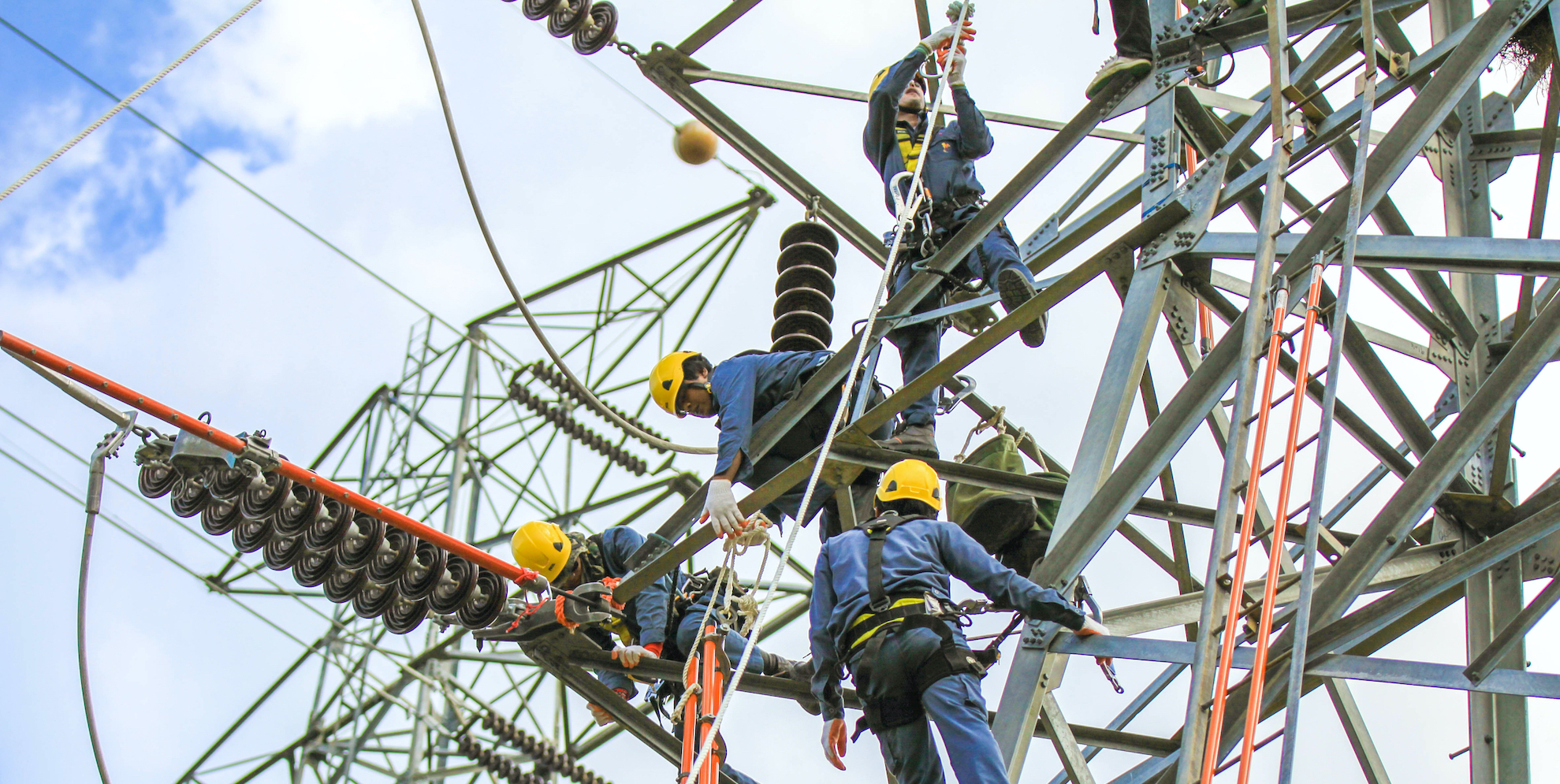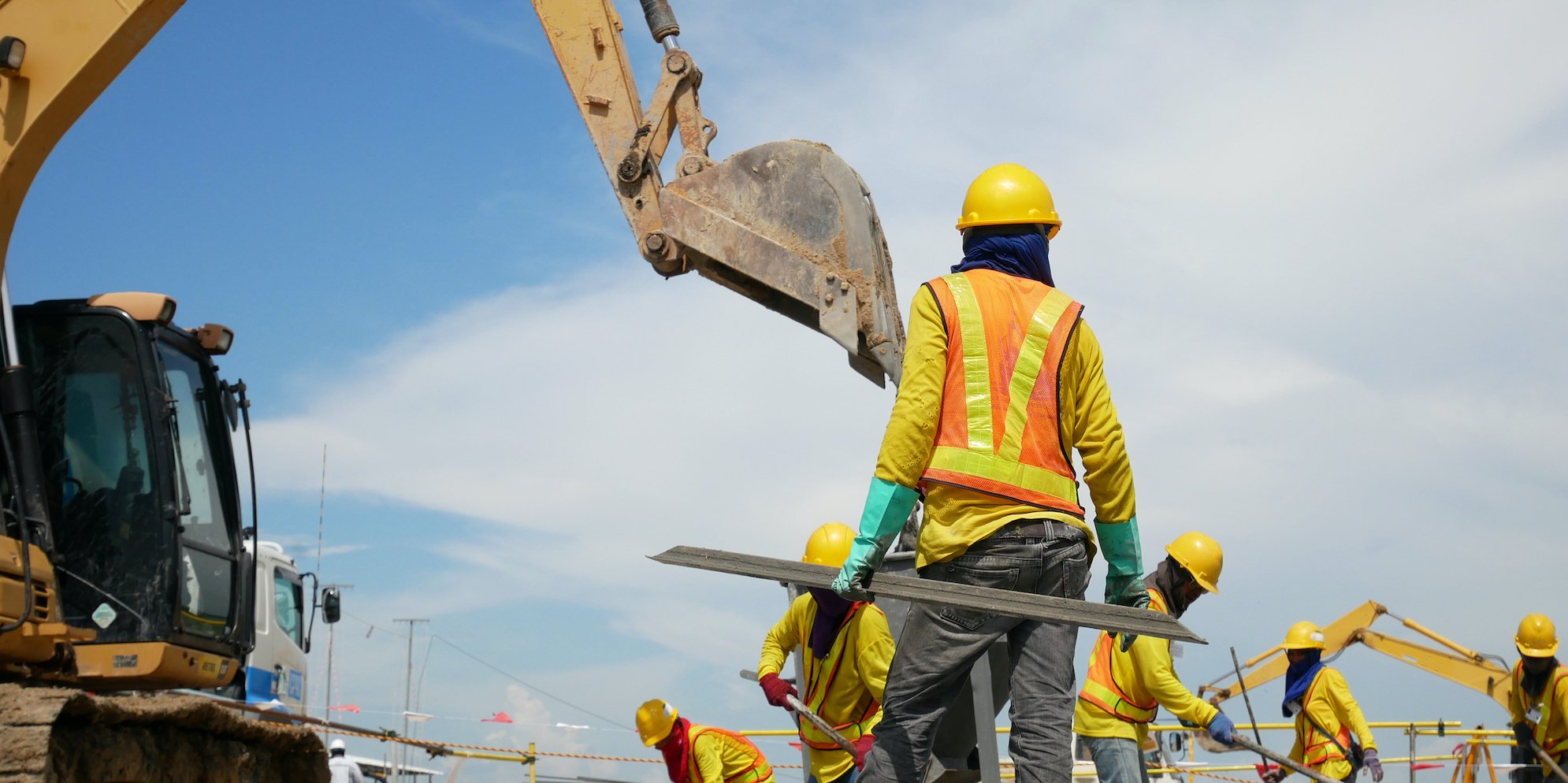There were 10.9 injuries and illnesses per 100 full-time equivalent workers in private industry in 1972, and just 2.8 cases in 2018, according to the Bureau of Labor Statistics. This improvement is significant, but there is still work to be done.
Work safety is measured in two ways: leading indicators and lagging indicators. The former are predictive measures that indicate the likelihood of injuries and fatalities, while the latter assesses the occurrence and frequency of past incidents. A good safety program includes both, but placing a greater emphasis on leading indicators can help stop incidents in the first place, resulting in fewer worker injuries and deaths.
Read on to learn more about a few standard leading indicators including pre-task planning, audits, observations, and leadership engagement.
1. Pre-task planning
Safety preparations should start before a project is put in motion. Pre-task planning is a multi-step process that involves employees at every level of your company. This is essential because proper planning allows your team to address all possible safety concerns, which greatly reduces the chance a serious incident will occur.
This predictive leading indicator includes the following steps.
- Job hazard analysis (JHA): Job hazard analysis is a practice that strives to recognize potential hazards attached to a project before kickoff. This should focus on the relationship between the worker, the task, the tools, and the work environment, according to the Occupational Safety and Health Administration (OSHA). Identifying these uncontrolled hazards is essential because it allows you to find ways to reduce or eliminate them to lower the accident risk.
A thorough JHA includes employees and a review of your accident history, according to OSHA. You’ll need to conduct a preliminary job review; list, rank, and set priorities for hazardous jobs; and outline the steps or tasks associated with the position, so you can understand the risks present. This is completed at the office by operations and environmental health and safety (EHS) and reviewed before beginning the project. - Job safety analysis (JSA): Another important pre-planning step, job safety analysis helps combine accepted safety and health principles and practices into a specific task, according to the Harvard Environmental Health & Safety. Basic steps include choosing the job to be assessed, breaking it down into a series of steps, identifying potential hazards, and establishing preventative measures to combat hazards noted.
A JSA is performed at the job trailer by the operations supervisor and EHS and is reviewed before completing the task. - Field level hazard assessment (FLHA): Performed onsite by the foreman and workers, a field-level hazard assessment is used to recognize and prevent any hazards noted onsite. A FLHA should be performed before work begins and during operations. After potential hazards are identified, workers should determine how they can be controlled.
Read: Protective Measures for Common Electrical Safety Hazards
2. Audits
Completed by any team member before and during a project, audits serve as a systematic review of work practices, procedures, management systems, people, environment, and assets. Dedicating the time to these crucial safety reviews at every step of a project ensures safety practices are being followed and highlights the need for any adjustments (i.e., making changes to processes that aren’t working).
Different types of audits allow your team to cover all the bases, ensuring every key safety concern is addressed.
- Work practice audit: Completed at the worksite, a work practice audit is a brief session focused on frequency and quality. Topics covered could include personal protective equipment, tools, and equipment.
- Procedure audit: Accomplished while work is underway, a procedure audit is concentrated on serious injury and fatality (SIF) prevention. Example procedures include lockout/tagout, confined space, and critical crane lift.
- Tabletop audit: Performed by operations and EHS, a tabletop audit is focused on big picture items like people, planning, programs, and performance. Topics for a tabletop audit could include fatigue management, drug and alcohol policy, or the overall safety climate.
3. Observations
Another leading indicators example, observations are conducted at the worksite by operations and EHS professionals. This crucial safety measure focuses on voicing worker concerns, underlining missing safety controls, and putting system deficiencies in the spotlight.
Observations are crucial because they focus on activities happening at the worksite. This can involve a one-time action by an individual or a practice adopted by the entire group.
Some observations will focus on unsafe activities, while others will praise safe observations. Participation can also be noted. For example, an observation might note most employees are attending voluntary safety stand downs.
4. Leadership engagement
Completed at the worksite by a person in a leadership position, leadership engagement is a discussion, not a compliance audit. This safety-focused conversation between management and workers is used to share company priorities, reinforce a commitment to a positive safety culture, and show employees they’re cared for and valued as members of the team.
A crucial leading indicators safety initiative, leadership engagement can be difficult to measure. The Campbell Institute created several formulas that can help you track your company’s progress with this leading indicator, including the following.
- Number of employee suggestions implemented by leadership
- Number of employees volunteering for initiatives
- Number of managers/supervisors participating in critical design reviews
- Percent of positive ratings of managers and supervisors by employees
Tracking and monitoring these metrics will help you see how engaged your company leaders are in terms of safety initiatives. Compliance starts at the top and works its way down, so it’s important to know if your leaders are creating a culture of safety or falling short.
There’s no shortage of predictive leading indicators that can help make your company a safer place. Starting with pre-task planning, audits, observations, and leadership engagement will give your safety program a solid foundation to build on.
Nothing is more important than the health and safety of your team. Taking every possible measure to avoid accidents will make your company a safe place to work, protecting your team and helping you attract and retain skilled, experienced workers.
For more tips to stop incidents before they happen, check out “7 Ways to be More Proactive About Worker Safety.”

